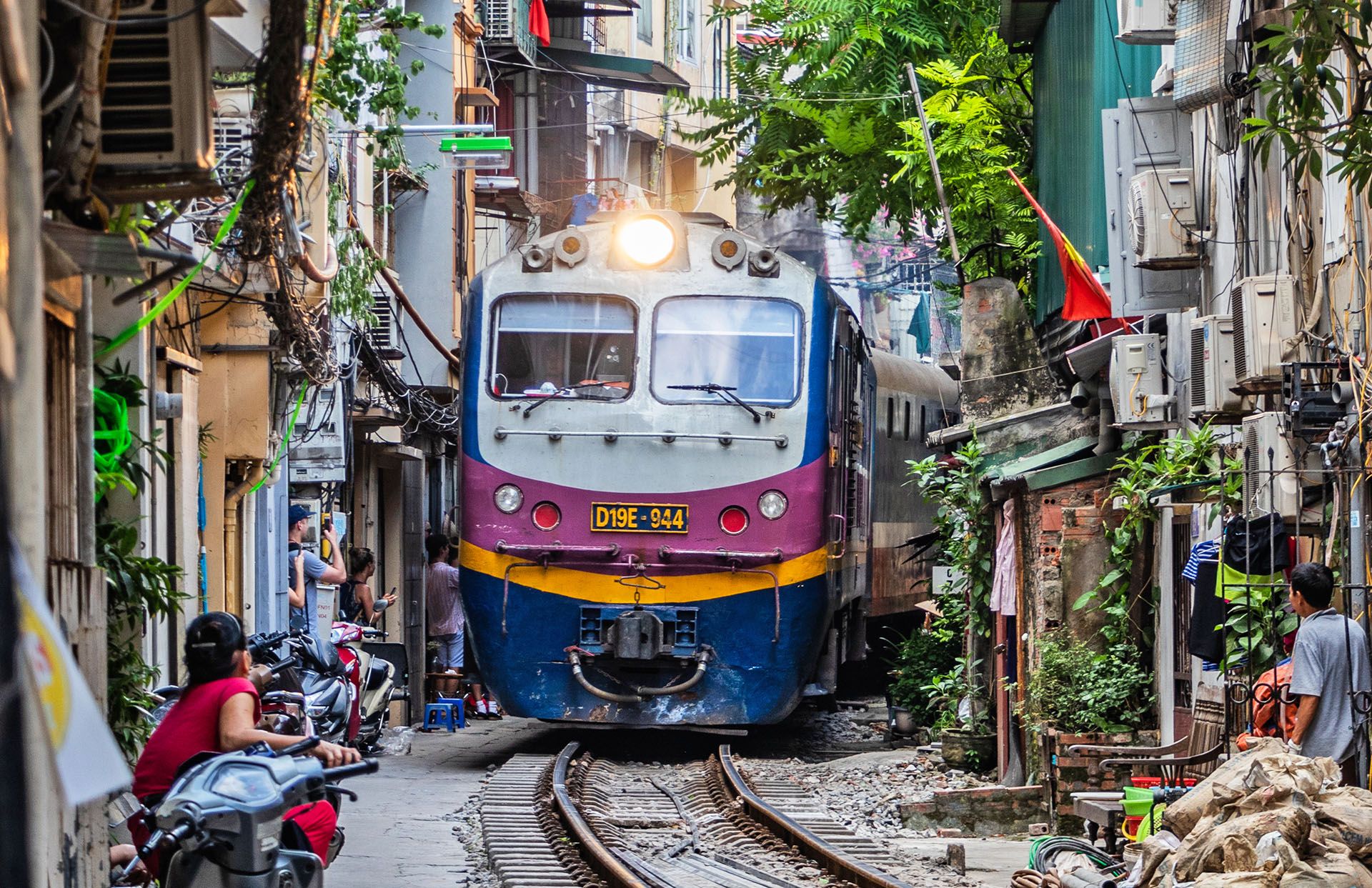Is Vietnam safe?
Vietnam is widely regarded as a safe destination for tourists, welcoming millions of visitors every year without major issues.
To ensure your trip goes smoothly, a little bit of common sense goes a long way. Stay alert and be mindful of your surroundings, just like you would anywhere else.
Like in many tourist destinations, be aware of common scams and take steps to protect yourself. For example, always agree on prices before taking a taxi or using other services.
In terms of safety concerns, violent crimes are rare. Your main worry would be petty crimes such as pickpocketing and bag snatching, particularly in crowded areas or on public transport. However, these incidents are infrequent, so with a bit of awareness, you can explore Vietnam with peace of mind.
For more information, see the UK Government’s foreign travel advice page, or the US Department of State’s travel advisory.
Vietnam for women travellers
For solo female travellers, Vietnam is often seen as a safe and appealing destination. However, like in many places around the world, there are some factors to consider for your safety.
While exploring Vietnam solo, women may encounter instances of harassment or verbal abuse. It’s unfortunate but important to stay aware of your surroundings and trust your instincts.
Another concern is drink spiking, which can happen in social settings. To stay safe, always keep an eye on your drink and never accept beverages from strangers.
By staying vigilant and taking precautions, solo female travellers can still have a rewarding and enjoyable experience in Vietnam.
Vietnam for LGBTQ+ travellers
For LGBTQ+ travellers, Vietnam offers a relatively welcoming atmosphere compared to some other destinations. Over the years, the country has made significant strides in LGBTQ+ rights and acceptance, particularly in cities like Hanoi and Ho Chi Minh City.
While outward discrimination is uncommon, attitudes towards homosexuality and gender nonconformity can vary based on cultural, generational, and regional factors.
In Hanoi and Ho Chi Minh City, you might catch the vibrant Viet Pride marches, showcasing the growing LGBTQ+ community and support. However, in more traditional areas, it’s wise to exercise discretion. It’s best to be mindful of public displays of affection, regardless of sexual orientation, as they’re not widely practiced in Vietnam.





